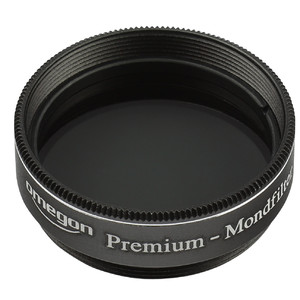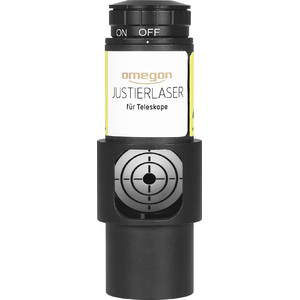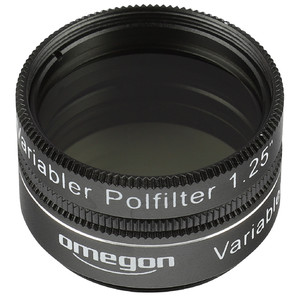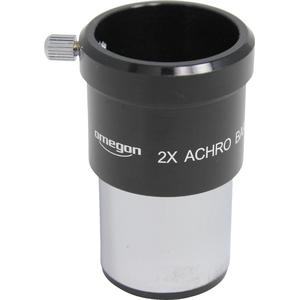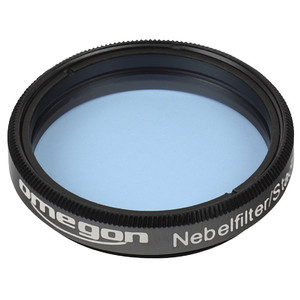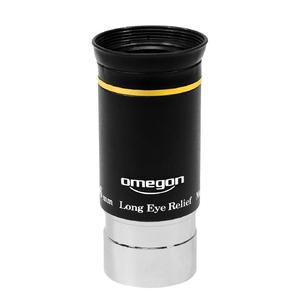More about the series Skyliner Classic...
Dobsonian telescopes are among the most practical instruments in astronomy. They are of simple construction and yet a brilliant idea. They essentially consist of two parts: firstly the optics, which in most cases is a solid tube or truss tube design; and secondly the mount, a wooden box (also called a 'rocker box') which sits on the ground and into which the telescope is inserted. This design allows you to begin observing sessions immediately without first having to spend time setting up and aligning a complicated mount. The basic idea of the Dobsonian design came from the wish to have a big telescope at a low price, a wish that has succeeded brilliantly. A true fan base has developed since the invention of the Dobsonian telescope which is dedicated to these instruments and their fascinating simplicity and to the idea of 'high performance at low price'.
The N 150/1200 telescope:
This Dobsonian has a diameter of 150 mm (6") and a focal length of 1200mm, giving an aperture ratio of f8. Such optics offer a respectable light gathering capacity of 460X, and you will hence be able to observe stars down to 12th magnitude under a reasonably dark sky. The 150mm aperture means you will also be able to see the brightest deep-sky objects, which is something not possible with smaller instruments. The secondary mirror spider is very thin, thus reducing diffraction. The obstruction of the optics due to the secondary mirror is 34.5 mm in diameter, or approximately 22.5%.
Precision figured surfaces: the mirror of this telescope is made of BK7 glass and meets 75nm ptv or better, so the well-known precision condition Lambda/8 is more than satisfied. The telescope has a Strehl ratio of 0.8 or higher. This value expresses something of the optical performance and therefore the quality of the figured surfaces. When theoretically 80% of the light is incorporated in the Airy disk of the telescope image, the optics are described as 'diffraction limited'. That means that the resolution of a telescope is only limited by the diffraction of light. As it is not possible for this to be 100%, the definition of the diffraction limit has been set at 0.8. This always means that you have excellent optics (other systemic losses are not included here).
The 2" focuser is smooth and comes provided with a 1.25" reducer. The finder scope has a fine crosshair, allowing easy location of even the somewhat fainter objects.
The Skywatcher rocker box is very easy to use. The telescope can be pointed in azimuth and altitude easily and smoothly by using only a couple of fingers. The telescope moves on slide and pivot bearings. It remains stable in any position, allowing highly enjoyable observing. And observing still remains a joy even at higher magnifications. The Tension Control System also lets you easily adjust the friction setting and so the amount of resistance when moving the optics on the rocker box. This allows you to always have the appropriate resistance set.
It not only matters which telescope you buy but also where you buy it. Our additional services:
- We are a leading telescope dealer and know the devices we sell. Our customer service team will gladly help you after your purchase if you have problems with assembly or operation.
- We provide a copy of the 80-page "Telescope ABC" beginners handbook with every telescope.
